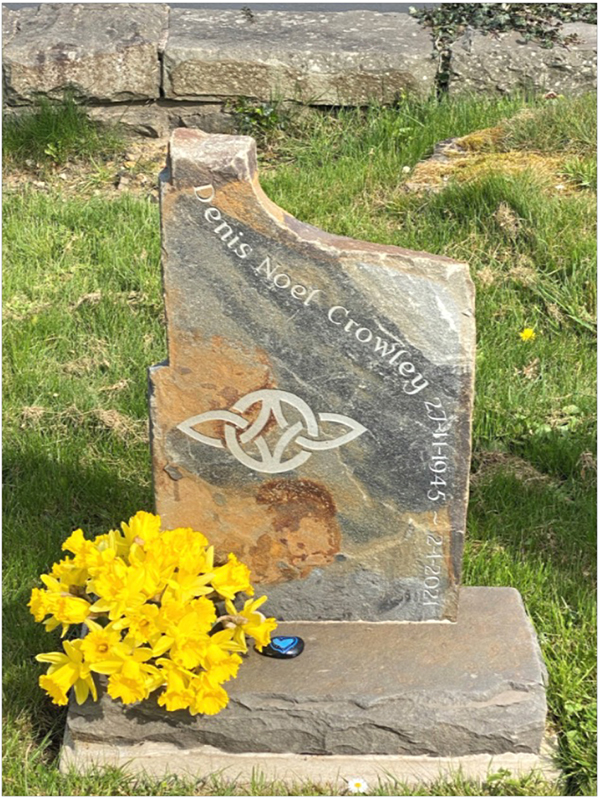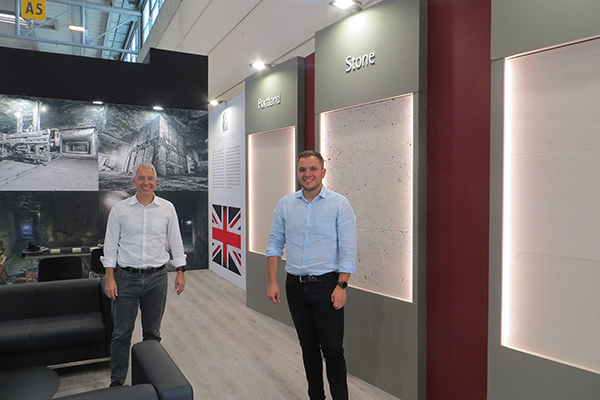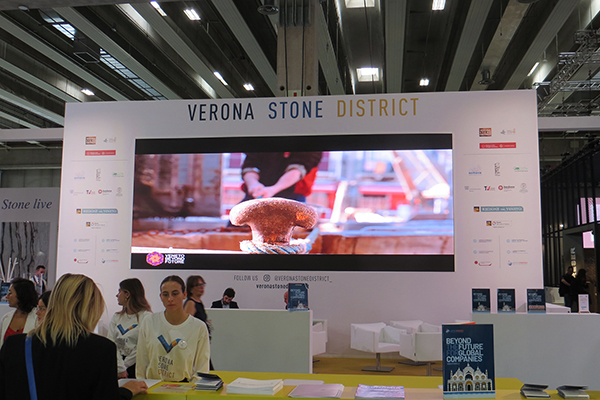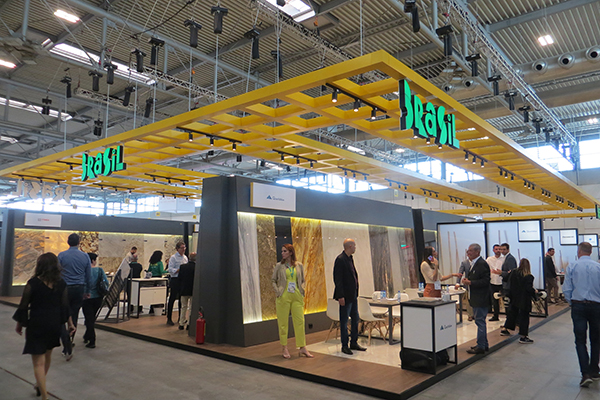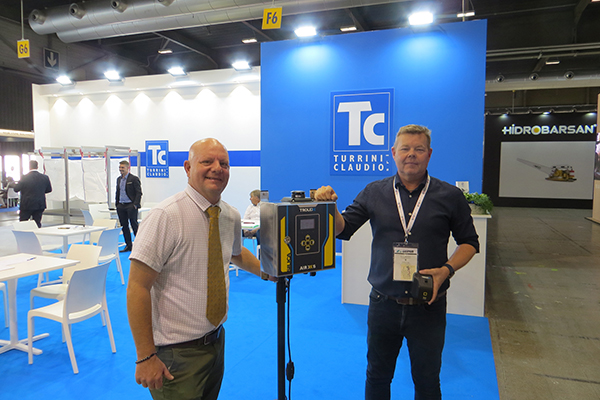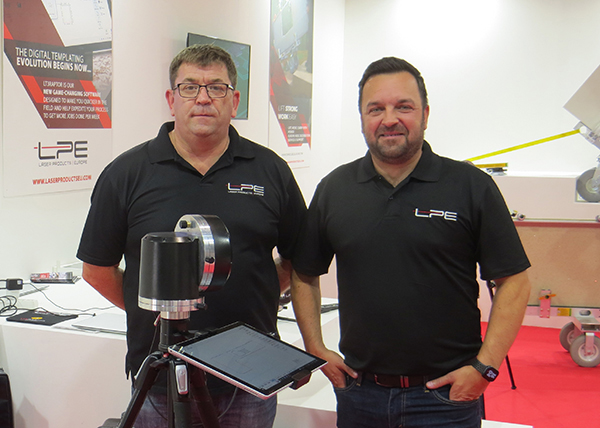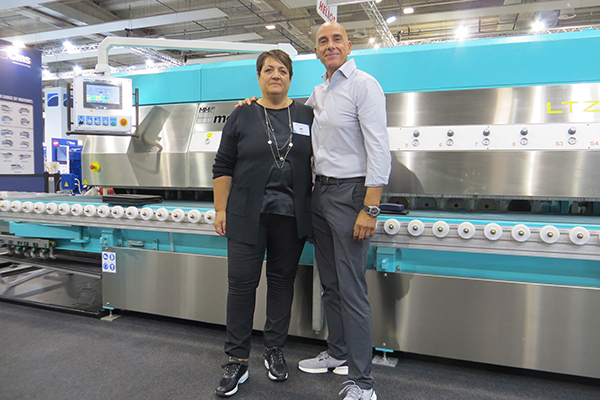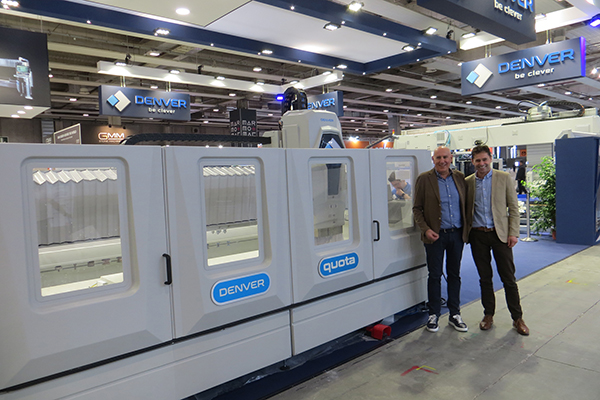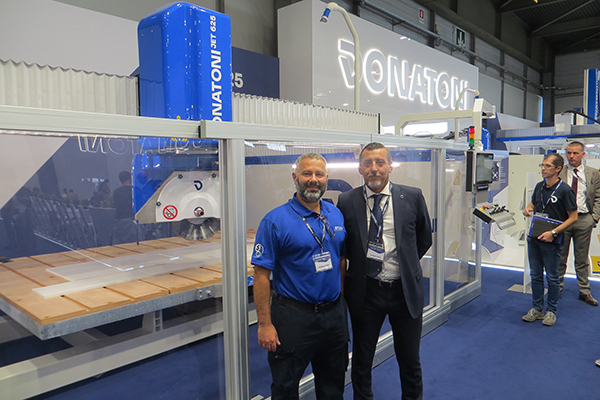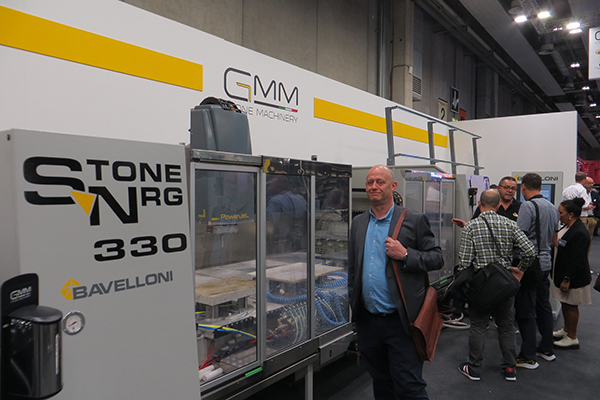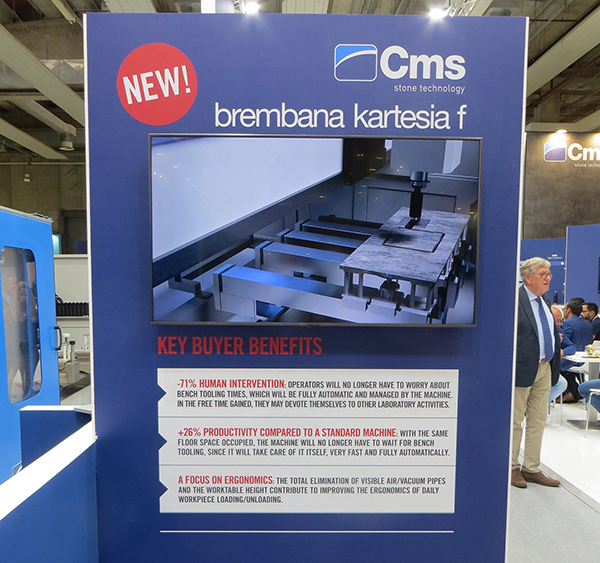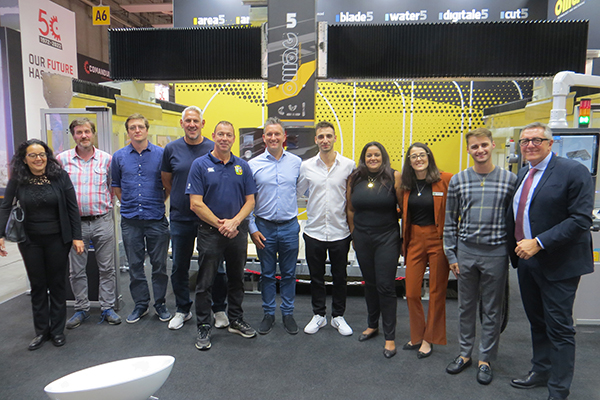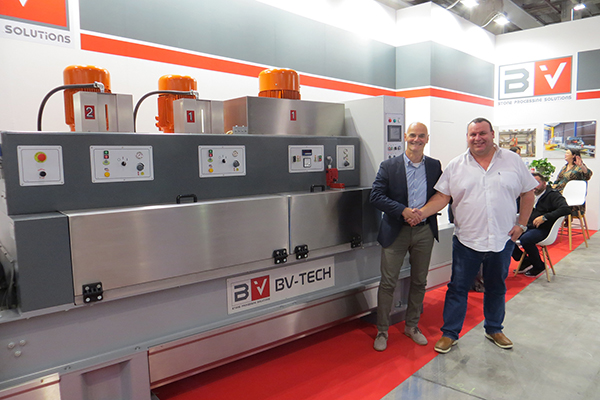Latest update: 3 November 2022
Most of Prime Minister Liz Truss's free market ambitions set out in the 'fiscal event' of former Chancellor Kwasi Kwarteng on 23 September have unravelled.
Liz Truss herself resigned as Prime Minister on 20 October and was replaced by Rishi Sunak on 24 October.
On 17 October the new Chancellor of the Exchequer, Jeremy Hunt, announced:
- Changes designed to ensure the UK’s economic stability and provide confidence in the government’s commitment to fiscal discipline
- Basic rate of income tax to remain at 20% until economic conditions allow for it to be cut, IR35 and dividend tax rate reforms no longer going ahead
- plans to reduce dividends tax by 1.25 percentage points from April 2023 have been scrapped
- Treasury-led review of energy support for consumers after April 2023 and support for businesses to be more targeted.
Just weeks after becoming the then new Chancellor, on 23 September Kwasi Kwarteng announced tax cuts and policy cancellations to help businesses and stimulate demand. It was the day after the Bank of England raised interest rates again to subdue demand and bring down inflation, which was at almost 10% in August.
It is unusual to see the Bank of England monetary policy at odds with the government’s fiscal policy, and many economists were confused by what were variously being called Kwasi-economics and Trussonomics.
Kwasi Kwarteng was keen to present his ‘fiscal event’ on 23 September (a Budget that avoided the name to avoid explaining how the cuts would be paid for and to dodge any criticism from the Office for Budget Responsibility) as setting out the free-market credentials of the government under the then new Prime Minister, Liz Truss – although it is difficult to see what increasing the national debt by subsidising fuel prices has to do with free markets. However, the Chancellor said he expected the move to cut five percentage points off peak inflation.
The Chancellor described the tax cuts, which he believed would increase tax yields by encouraging growth and increasing productivity, as “a new approach for a new era”. However, the cheers of Conservative MPs quickly turned to bays for the blood of their Chancellor and Prime MInister as the value of the pound fell to record lows and the Bank of England had to bail out pension funds by supporting government debt (Gilts), the value of which was tumbling.
While business was to benefit from Kwasi Kwarteng's fiscal event, life was going to be harder for benefit claimers, with the government determined to "make work pay", as the Chancellor put it, by holding benefits at their current rate (effectively reducing them by the rate of inflation) and making it harder to get them.
High earners, meanwhile, were to get the increased benefit of an end to the 45p top rate of income tax, so the top rate would be 40p in the pound, although a U-turn at the Conservative Party conference at the start of October meant the top rate remained at 45p. Bankers had the cap removed from their bonuses, which has not been reversed.
At the lower end of income tax there was a bringing forward of the 1p in the pound reduction to 19p in the pound due for 2024, but that has now also been scrapped.
This year's temporary 1.25% increase in National Insurance, which some describe as a tax on jobs, is being brought to an end prematurely on 6 November and its change to a Health & Social Care Levy that was due to start in April next year was scrapped and remains scrapped, although it will put more pressure on the NHS and social care, which it had been intended to help pay for.
The proposed rise in corporation tax, due to increase from 19% to 25% in April next year, was binned in the fiscal event but on 14 October, the day Kwasi Kwarteng was replaced as Chancellor of the Exchequer by Jeremy Hunt, it was announced that the increase would go ahead after all.
The dividend tax cut Kwarteng scheduled for April has also been scrapped. It means dividend taxation will remain at the current rates of 8.75% for basic, 33.75% at the higher rate and 39.35% for additional. Kwarteng had planned to reduce the basic and higher rates by 1.25 percentage points and scrap the additional rate altogether.
The IR35 off-payroll working rules that Kwarteng said would be repealed will not now be repealed. Many businesses would like to see IR35 scrapped because it is chaotic. Kwarteng said removing it from April would once again make people responsible for determining their employment status and paying the correct tax and National Insurance. The Truss government wanted to cut back employment protection legislation and this was a move in that direction.
Cost of living increases in alcohol taxes were binned by Kwarteng to ease the pressure on pubs and restaurants, but have now been reintroduced.
The cap on energy bills that was to last for two years for householders and the six month Energy Bill Relief Scheme for businesses will both now be reviewed. There will still be a cap for consumers but only until April next year, after which Chancellor Hunt said help would be targeted rather than universal.
The government’s Energy Bill Relief Scheme gives businesses, charities and public sector organisations support with their energy bills this winter by providing a discount on gas and electricity unit prices from 1 October 2022 to 31 March 2023.
You do not need to apply to the Energy Bill Relief Scheme, your energy supplier is required to apply the scheme to your bills automatically.
Chancellor Kwarteng said the £1million threshold for the Annual Investment Allowance will be maintained instead of being reduced to £200,000 in April next year as previously planned and that remains the case. The super deduction of 130% on capital expenditure did not get a mention and looks as if it will end as planned at the end of March.
Kwarteng said the Government was in early discussions to create 40 ‘investment zones’ that looked as if they would actually cover most of England, although it seems as if Rishi Sunak might drop the whole idea of them. They were intended to ease planning regulations, offer a freeze on rates for businesses moving on to the sites and mean no National Insurance had to be paid on the first £50,000 a new employee earns. It was proposed there would be no stamp duty on the purchase of land in the sites, either.
The investment zones were in addition to the free ports the government announced under the ‘levelling up’ programme. They are intended to alleviate some of the difficulties and costs associated with Brexit, although free ports were not mentioned by Chancellors Kwarteng or Hunt. A previous experiment with free ports was abandoned in 2012, when Conservative David Cameron was Prime Minister, because they produced no additional investment or employment, tended to attract criminals and money laundering, and deprived local and national economies of tax revenues. Whether they will not go ahead or not remains to be seen.
The government also planned to publish a list of infrastructure projects it would be supporting.
The levelling up programme received a brief mention by Kwarteng, although only to say the best way of levelling up is to free the markets.
Kwarteng's stamp duty cuts on housing are currently still going ahead, which will offset some of the increase in the cost of mortgages due to the seventh rise in the base interest rate (which also puts up mortgages) since December by the Bank of England on 22 September. The base rate rose to 2.25%, putting mortgage interest repayment rates at around 5-6%. On 3 November, interest rates were increased again, by 0.75 percentage points this time to a base rate of 3%.
Nathan Reilly, Director of Customer Relationships at Twenty7tec, says of the stamp duty changes: “By cutting stamp duty to energise the housing market the Chancellor is borrowing from the Rishi Sunak playbook. When we saw this in 2021, we had incredible volumes of new business in the housing sector, and some of the busiest times in living history for mortgage advisers and lenders.
“The context is clearly different this time – with a different macroeconomic picture for both interest rates and inflation – but Kwarteng and Truss will be hoping that the house buying market can play a major role in the UK’s near-term economic growth.
“The mortgage market is currently increasingly reliant on the re-mortgage market, and a stamp duty change is likely to rebalance this back towards a purchase-driven market again.”
Under the current system, there is no stamp duty to pay on the first £125,000 of a property’s value. That is doubling to £250,000. First time buyers currently pay no stamp duty on the first £300,000, which is increasing to £425,000. The value of property on which first time buyers can claim relief goes up from £500,000 to £625,000.
Chancellor Kwarteng said these steps would mean 200,000 more people not having to pay stamp duty.
He said planning restrictions will also be eased, even though planning authorities have always maintained that planning is not what caused the government to miss its now abandoned 300,000-a-year house-building target. It looks as if the proposed changes to planning will be dropped by Rishi Sunak in any case.
The changes to planning regulations and the easing of regulations in the investment zones were already showing signs of unravelling before Rishi Sunak became Prime Minister amid concerns by many people, including Conservative MPs, about the effects on nature, biodiversity and the environment, and because of the criminal activity they can attract.
The initial reaction of the financial markets to Kwasi Kwarteng’s tax cutting, that could have involved borrowing an additional £200billion or so over the next five years to add to the already unprecedented national debt, was to sell pounds, with the exchange rate falling to a record low of $1.033 against the US dollar and €1.06 against the Euro, its lowest point against the Euro since the credit crunch banking crisis in December 2008.
Why did they sell pounds? Because money represents work done or, in the case of borrowing, work to be done. If a government increases money supply, especially by borrowing, either more work needs to be done (through productivity increases and growth) or the value of the currency falls, with each pound representing less work. With no explanation of how the tax cuts were to be paid for, the markets decided the growth they would produce would not be sufficient to cover the amount borrowed, so the value of the pound would fall. They factored that into the price they were prepared to pay for sterling, hence the fall in its value and the value of government debt (gilts), so the cost of borrowing also increased.
It was largely as a response to the reaction of the financial markets and the need for the Bank of England to intervene to support gilts, plus a backlash from Conservative back-benchers, that the U-turns have been made, Kwasi Kwarteng was replaced by Jeremy Hunt as Chancellor and Liz Truss was replaced as Prime Minister by Rishi Sunak.
To read the government's summary of Jeremy Hunt's announcement on 17 October, click here.
To read the whole of Kwasi Karteng's 'fiscal event' speech, click here.




